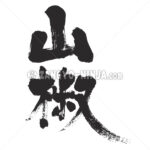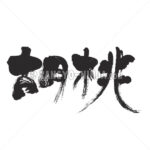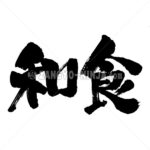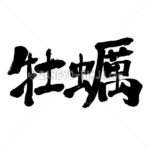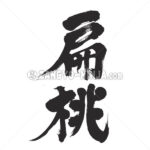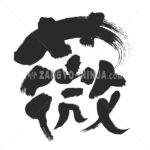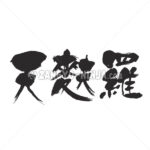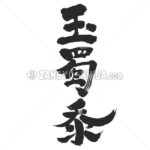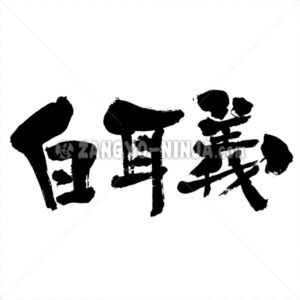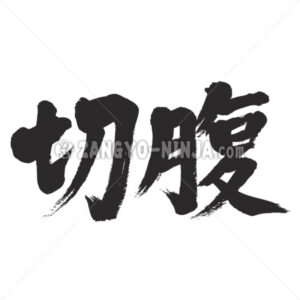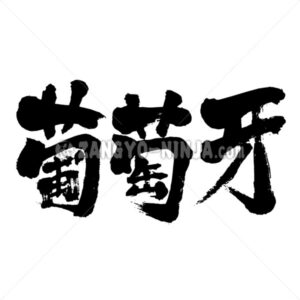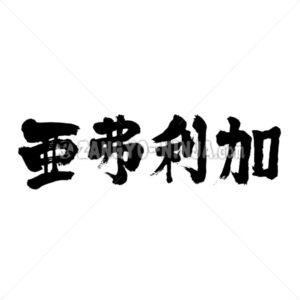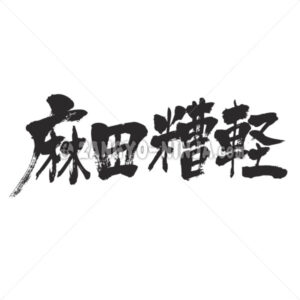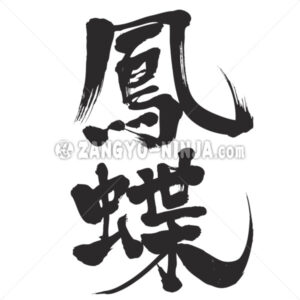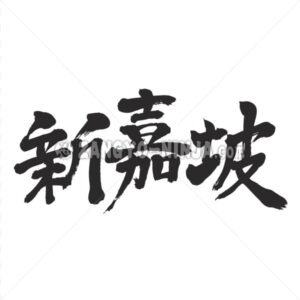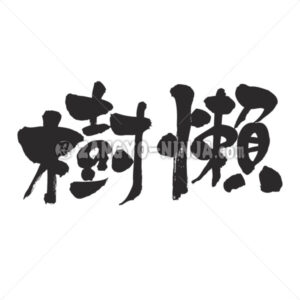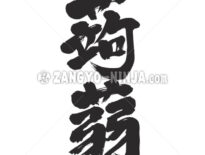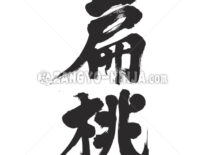
about Saffron
It is native to the eastern Mediterranean, but is cultivated in central and southern Europe (especially Spain and France), Iran and western Japan. In Japan, the autumn-blooming species of the genus Crocus are called saffron, and the spring-blooming species are called crocus.
In the fall, one or two flowers are dented from the underground corm (about 3.5 cm in diameter). The pale purple flower has six corolla splinters, and the three stamens are attached to the upper part of the flower tube and have a linear extrovert. The lower part of the corolla is a long and narrow flower tube of 15 cm, which is colorless to the middle, but the green part is wrapped in a green leaf sheath. The style is a yellow string that is longer than the style of the flower tube, and the upper part 3 to 3.5 cm is dark reddish brown and splits into three, and the tip spreads like a funnel and hangs out of the flower.
The stigma at the tip has blunt saw teeth, and papillary processes can be seen when viewed with a loupe. The dark green leaves have rounded edges and become thin lines, and white veins can be seen on the underside.
Usage effect
Only the dark reddish brown part of the upper part of the style is collected and called saffron, which is used for medicines and dyes.
Since the medicinal ingredient acts selectively on the uterus, it is effective for dysmenorrhea, menopause, miscarriage habit, and uterine bleeding. In addition, since it contains a yellow carotenoid pigment, it is also used as a coloring agent for foods, cosmetics, and chemicals. Because saffron is expensive, counterfeit products are often sold.
Old World crocus having purple or white flowers with aromatic pungent orange stigmas used in flavoring food.
history
The name of saffron comes from the Arabic word sahafaran, which means yellow. In ancient times, it was used for eyebrow dyeing and manicure for women. On the other hand, in ancient Greece, it is called crocos krokos, and it is mentioned in Dioscorides’s “Drug Magazine” (1st century) that it was used as an internal solution or a paste for medicines such as fertility, diuresis, and uterine disease. Crocos means a string and is based on the shape of a long stigma. Crocus is then a word that was sent out. During the Greek era, those from Sicily and Libya, which have weak medicinal properties, were boiled and edible as vegetables (“Drug Magazine”). He also dyed clothing in ancient Greece and Rome.
> Flower stocks


